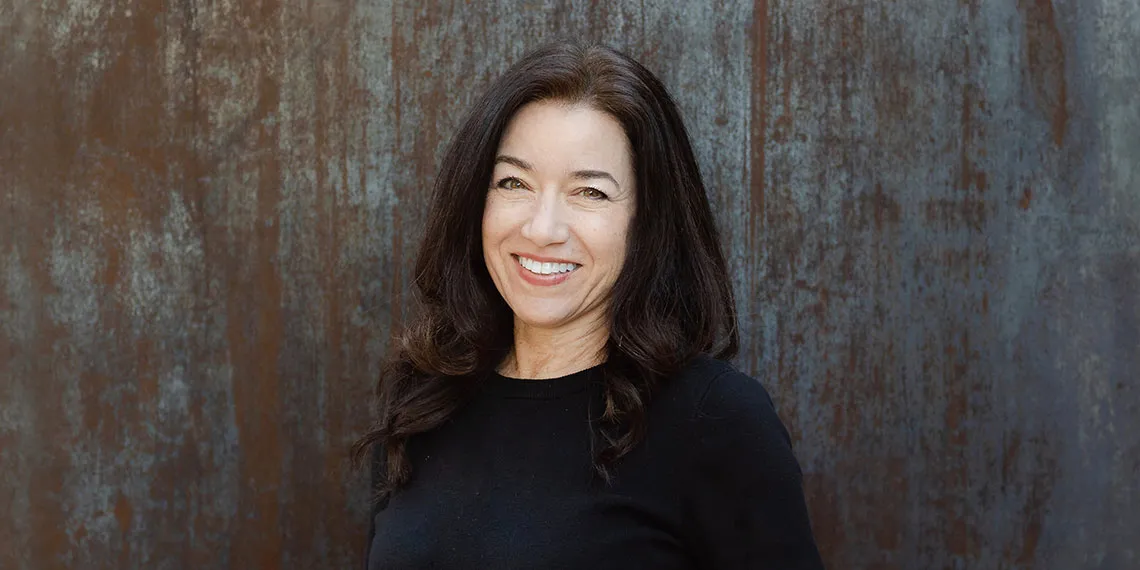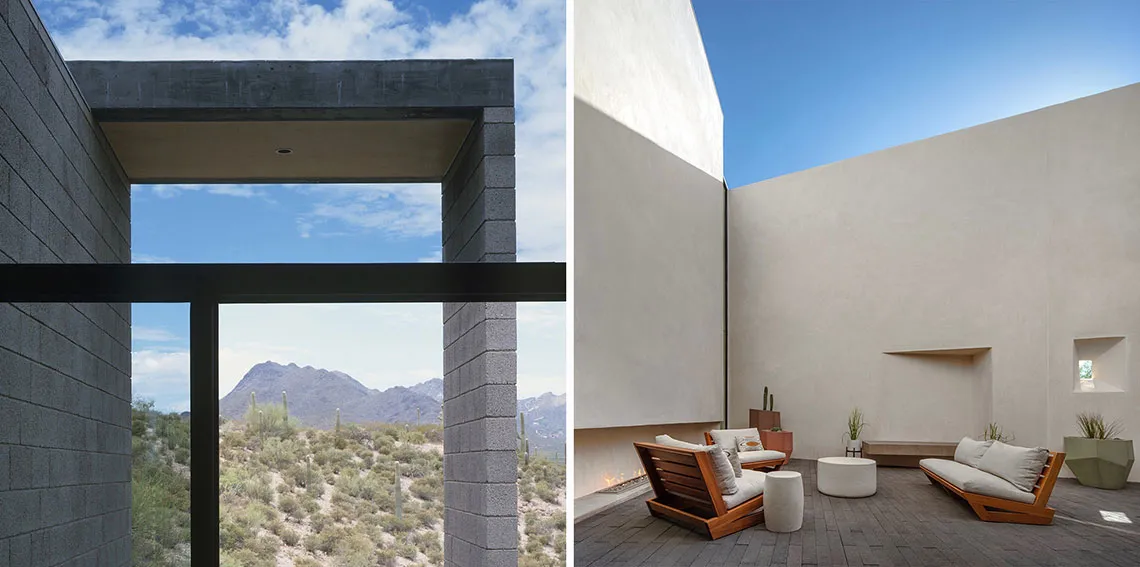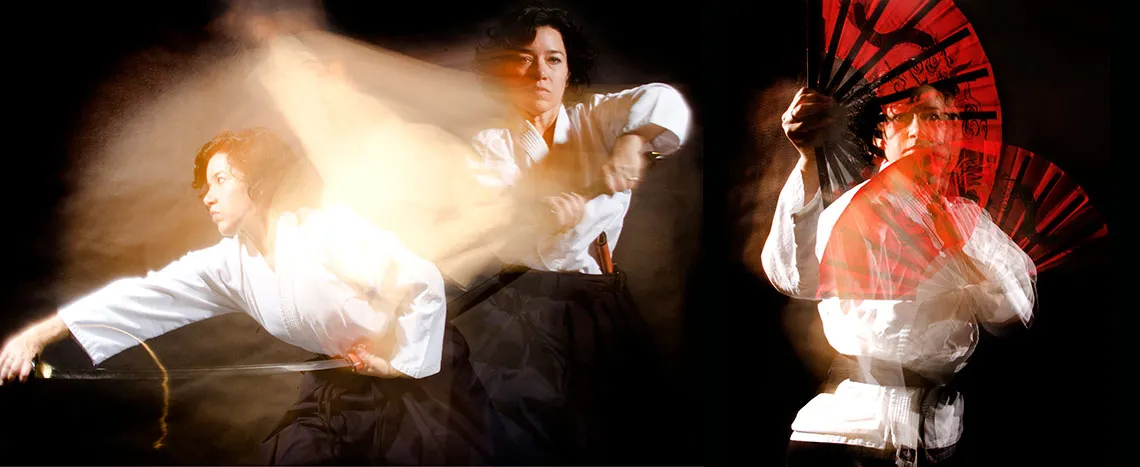Making Connections: Teresa Rosano, Assistant Professor of Practice in Architecture

Teresa Rosano, Assistant Professor of Practice in Architecture.
Eight Questions with Teresa Rosano, Assistant Professor of Practice in Architecture
“At its essence, what interests me most is making connections. Connections between ideas and experiences, between people and place and between one another. Discovering connection between ideas and experiences is at the heart of creativity. Forging connection between inhabitants and environment is at the heart of stewardship. Cultivating emotional connection is at the heart of teaching and learning.”
What brought you to CAPLA?
I joined CAPLA in 2011 to teach Site Analysis and Planning. The recession and accompanying reduction in workload created an opportunity to teach part-time. It wasn’t my initial intention, but I grew to love it and have since increased my role and commitment to the practice of teaching.
What is your current research and what most excites you about these areas of focus?
Over the last two years, I have immersed myself in learning to be a better teacher. In Spring 2020 I earned a Graduate Certificate in College Teaching—a University of Arizona program focusing on theory, practice and scholarship of teaching and learning. I have become particularly fascinated with how and why we learn—our motivations, our habits and the neuroscience behind them.
This academic year I was accepted into the UArizona Inclusive Leadership Cohort (ILCC) Certificate Program, which is a timely opportunity for me to learn about advancing equity, diversity and inclusion, and to become aware of and work on my unconscious biases.
What is your current service work, and what most excites you about this work?
I have been involved in the American Institute of Architects (AIA)—as president of the Southern Arizona Chapter in 2017 and currently as CAPLA liaison. I’m excited by how bridging practice and academia can create mutual benefit and symbiosis.
What is exciting in the realm of practice?
One of Ibarra Rosano Design Architects’ recently completed projects marks a 20-year full circle. Casa Schneider, a new house in the Mercado District, is now home to Ibarra Rosano’s very first client. After nearly two decades, the owners of the Garcia residence wanted to live closer to downtown and the streetcar. While the Garcia residence is outward-looking in its Tucson Mountain desert setting, the urban courtyard arrangement of Casa Schneider is internally focused—a dichotomy interestingly coincident with this year in which many of our lives have become more contained and inwardly reflective.

Garcia Residence 2001, Casa Schneider 2020. Principal Designer: Luis Ibarra, Principal Architect: Teresa Rosano. Photos by Bill Timmerman.
What are you currently teaching, and what do you most enjoy about teaching?
In Fall 2020 I coordinated third-year studio ARC301, which concluded with a design competition focusing on universal design. I taught ARC326 Practice I: Site Analysis and Planning, and a fifth-year option studio, ARC410F, master planning for Chauncey Ranch, a nonprofit ranch camp for youth and families.
For Spring 2021 I’m teaching ARC302, a fourth-year option studio (ARC410E) with the theme of Mindfulness and Justice, ARC526 Site Analysis and Planning and ARC527 Architectural Programming.
While teaching Foundation studio I enjoyed witnessing exponential growth in first-year students. When they create year-end portfolios, many are distraught over the relatively unimpressive quality of their first project—until they are reminded that is evidence of their tremendous improvement over only nine months.
I am inspired by the multitude of design ideas students pursue. When students proudly own and amplify their unique point of view—the seed of which is often found in an early sketch or study model they may have dismissed as having little significance or potential—that is exciting.
During this last year of remote teaching and learning, when the felt presence of connection and comradery have seemed more elusive, it has been heart-warming to watch students support one another, give honest and kind feedback on each other’s work and invest in their colleagues’ success, growth and wellbeing.
How do you bring your practice into your teaching?
In teaching I share anecdotes, roadblocks, difficulties, failures, surprises and successes that accompany the practice of architecture.
For example, to make a seemingly mundane subject like zoning engaging, I share case studies of projects from practice—each with their particular impediments and accompanying lessons and solutions. This approach integrates the concept of creative problem-solving, not only for design itself, but for less celebrated aspects of the architectural profession.
Real-life examples are memorable because students imagine themselves in those stressful and frustrating situations, as well as the exciting and elating ones. These stories illustrate how understanding and responding to limitations in a creative and pragmatic way can lead to a solution with a sense of inevitability and clarity.
When I became a returning student taking my own college teaching courses, I shared my experiences and new learnings with my students. We experimented with metacognitive techniques, mind-mapping, visual-notetaking and other strategies I had learned to help students reflect on their process, and to understand and value their journey as much as the finished work.
There is vulnerability in sharing my own process and journey, but I believe this is meaningful because studies in neuroscience reveal that information plus emotion equals long-term memory. The power of emotional connection is equally true in teaching and in architecture.
Beyond teaching and practice, what are your passions?
I love to dance, and occasionally teach Zumba. My enthusiasm for movement has led to a third-degree black belt and an ongoing practice in martial arts.
When creating my black belt thesis form (and later a weapons form), I was intrigued to realize I was using my architecture school experience. Each thesis had a site (a theoretical setting with physical parameters) and a parti (a concept and narrative guiding its development). Architectural education can be useful in unlikely ways!
A project on which I’ve been working but don’t often share (probably because then I’ll be on the hook for actually completing it!) is writing and illustrating a children’s book. It connects themes of martial arts and learning.

Photos by Francisco Lopez de Arenosa ’13 M Arch.
What does the CAPLA experience mean for you?
I am grateful for my colleagues with whom I enjoy collaborative and supportive relationships. Our sharing of resources and discoveries reinforces my continued growth as a teacher, architect and person. I am profoundly appreciative of my students from whom I learn just as much, and constantly inspire me with their enthusiasm and curiosity.



